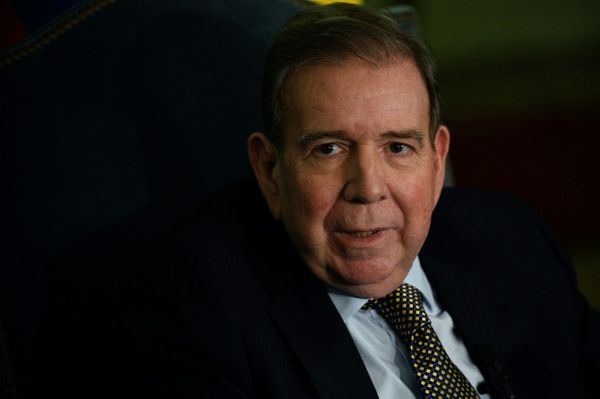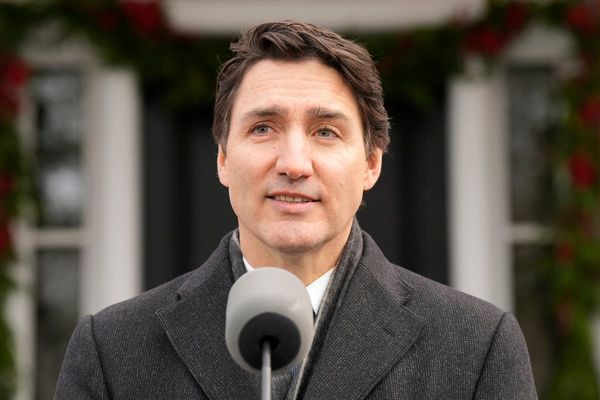As the leaders of France, Germany and Italy arrive in Kyiv and the EU prepares to rule on Ukraine’s status as an EU candidate, there is renewed focus on what the country’s western neighbours see as the quickest and easiest route to peace. New polling reported in The Times newspaper has revealed that most Europeans would be ready to concede territorial losses in Ukraine to bring the conflict to a speedy end.
A survey by the European Council on Foreign Relations (ECFR), has found a big divide “between those who want to end the war as quickly as possible and those who want Russia to be punished,” according to Mark Leonard, the ECFR’s director.
On the other hand, research reported by The Conversation has found that most Ukrainians are not willing to concede territory and most want to regain those areas occupied by Russia or pro-Russian forces since 2014. A road to peace looks as distant as ever. But, at the same time, thinking about ways to achieve a comprehensive peace agreement could help the various players – even Russia – to see the bigger picture and the advantages of committing to a negotiated settlement.
A useful principle in peace talks is anchoring proposals on objective criteria – solutions that have worked previously or in different conflicts. These could include peace agreements reached after decades of extensive negotiations elsewhere or key proposals by UN mediators, including security council resolutions where Russia (or the Soviet Union) and the west have explicitly converged to propose peace settlements. Here are a few ways in which a comprehensive peace package might help all sides rebalance their priorities.
1. Ukraine’s fast-track EU accession
Ukraine should be offered unconditional/preferable terms for EU accession within the next five to ten years. To support Ukraine’s immediate needs, most benefits on trade, aid and free movement could apply immediately as part of a proposed peace plan. Free movement will also help displaced families reunite. The return of refugees from other countries would be made easier if victims do not fear losing their current refugee status when visiting their home communities to assess their options.
2. Russian gas and oil levy to fund reconstruction
A levy could be placed on part of Russia’s revenue from oil and gas exports to make it politically feasible for EU countries to resume energy imports. This not be seen primarily as a tariff but, from the Russian perspective, as an insurance policy for a restored relationship with the west after signing a peace deal. For Ukraine it will effectively finance its reconstruction and support victims of war. A 20% top-up on gas and oil imports from Russia for 30 years could reach around €400 billion (£345 billion).
Along with other contributions (including government and corporate donors) a global reconstruction fund of €500 billion could support infrastructure work in Ukraine and compensate displaced persons with (a minimum of €100,000 per displaced household in line with past European Court of Human Rights rulings).
3. Territorial decentralisation
Territory will be the hardest issue to reach an agreement on – especially when it comes to the future of Crimea. Precedents in similarly complex situations have included elements of engagement without recognition meaning that actors would work together but without formally recognising the status of Crimea.
De facto co-sovereignty could restore economic links to Ukraine modelled in a similar way to the relationship between the Republic of Ireland and Northern Ireland. In Crimea’s case, this would include dual citizenship and free travel and trade as well as the principle of consent – for example Crimeans being given the option to rejoin Ukraine in a future referendum.
Donetsk and Luhansk could achieve an autonomous status to be negotiated in the next five years with interim ad hoc status, common among unrecognised entities lacking diplomatic status but still involved in peace talks, as in Kosovo. In addition, the model suggested for surrounding municipalities is for them to be permitted to join new Donetsk and Luhansk regions once the autonomous status has been agreed (Spain, for example, has historically employed a creative process in the formation of its constituent units involving municipalities in decision-making and, in some cases, even local referendums).
4. Inclusive governance model
Governance talks should mainly include three main areas. First, gender quotas in peace talks, government positions and the supreme court in line with the UN’s landmark resolution on women, peace and security. Second, extended autonomy for Ukranian and Russian linguistic groups in areas such as education and culture, even making Ukraine officially bilingual following Canada’s model. Third, a more inclusive political system.
This could either introduce a presidential system where presidents (and vice-presidents) are explicitly incentivised to appeal to constituencies in both east and west. Or it could include a parliamentary system setting cabinet quotas for ethnic communities (as in Belgium)) or using a liberal power-sharing formula (as in Northern Ireland), based on party strength therefore circumventing the “ethnic quotas problem”.
5. Security and policing
The key to security is identifying countries acceptable to both sides to support a UN peacekeeping mission with extensive powers as in Bosnia involving significant intervention and arbitration powers. Ukraine should be able to arm itself as it sees fit – but, as in past UN precedents, should accept a period of demilitarisation of areas surrendered by Russia.
At the local level, a peace agreement might stipulate a mixed police force, along the lines established in Northern Ireland, while at the regional level an east-west cooperation and security council should be established involving Nato, Ukraine, the EU and Russia.
Road to peace
This is a general template of what a comprehensive peace settlement might look like involving credible safeguards for implementation that most analysts have seen so far as unattainable.
Besides ideas drawn at the diplomatic level, citizen-led proposals, regional expertise and public opinion surveys – especially those who could more precisely identify what kind of peace and trade-offs citizens could endorse – should guide this discussion further.
This would enable leaders – and the Ukrainian public – to assess the overall benefits and obligations generated by a comprehensive agreement.
Neophytos Loizides has previously received funding from the Council of Europe, the British Academy and the US Institute of Peace.
This article was originally published on The Conversation. Read the original article.







